We’re excited to introduce you to the always interesting and insightful Jordan Hart. We hope you’ll enjoy our conversation with Jordan below.
Jordan, looking forward to hearing all of your stories today. How did you learn to do what you do? Knowing what you know now, what could you have done to speed up your learning process? What skills do you think were most essential? What obstacles stood in the way of learning more?
As a kid who loved to draw, I was gifted my first comic book as a four-year-old. That was the point of no return – and I’ve been reading monthly issues ever since. By the time I decided I wanted to write comics, more than two decades later, the medium was engrained into my being. My instincts on visual storytelling were set, but I had no idea how to write in the narrative sense. So, I enrolled in the UCLA Fiction program. I figured learning how to write literature would translate to writing to graphic novels. Those courses taught me the importance of story structure, pacing, distilled dialogue, and memorable characters…all things I weave into my comic scripts.
There are a few misconceptions about being a comic writer. I think is the biggest that the writer is handed the finished page and just adds dialogue. In today’s industry, the writer delivers a script to the editors and artist that describes every single panel in the issue. From plot, to characters, to setting, to action, to dialogue, the script is the first phase of making a comic. So, I knew I needed a strong narrative background to create stories that met reader expectations. And while the writer lays the foundation, the artist has the freedom to change, alter, and adjust the page as they see fit. The script is a roadmap that always allows for pitstops and side quests. This collaboration with the artist – problem solving and pivots while the page is being illustrated – is my favorite part of the process.
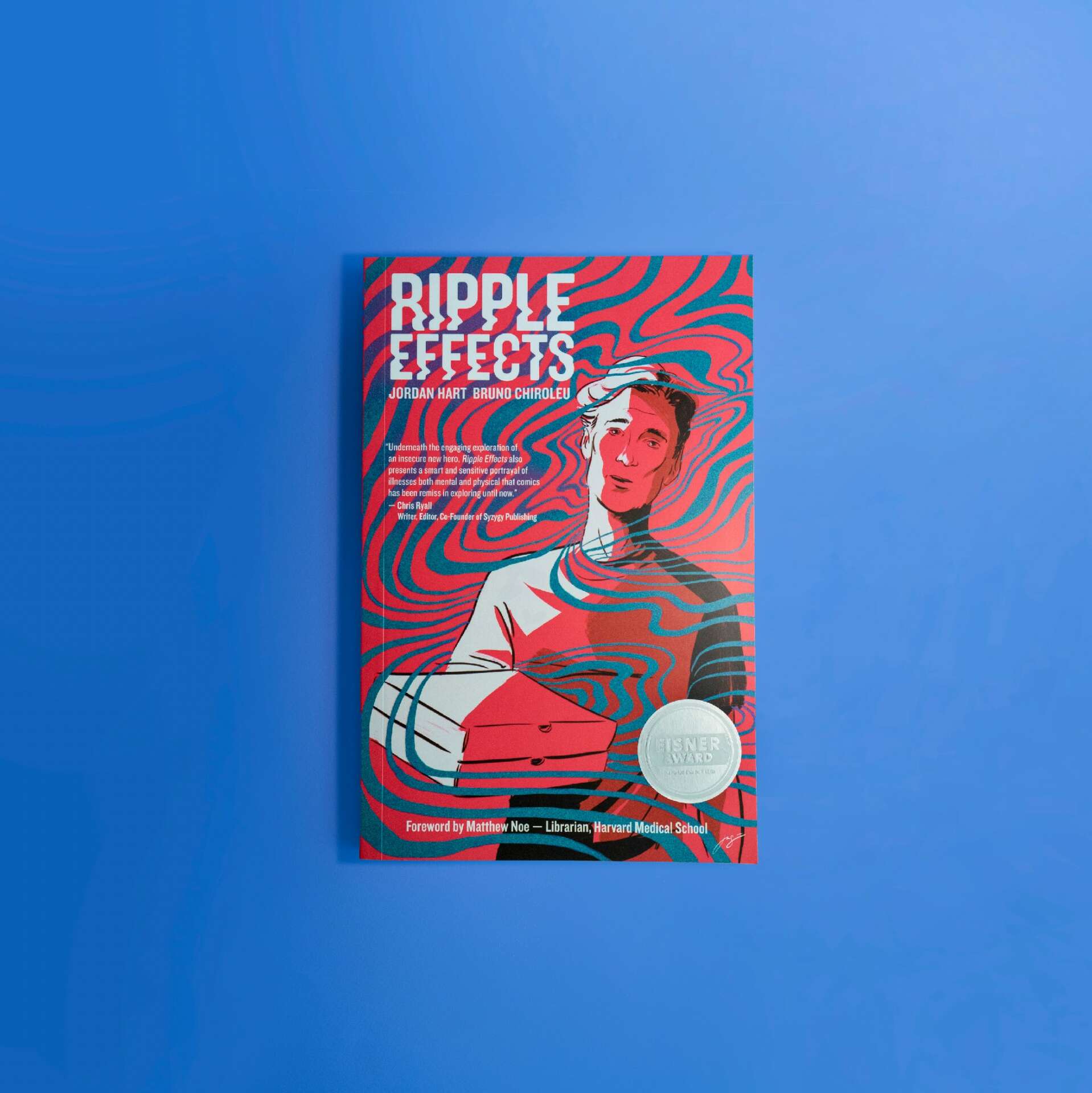
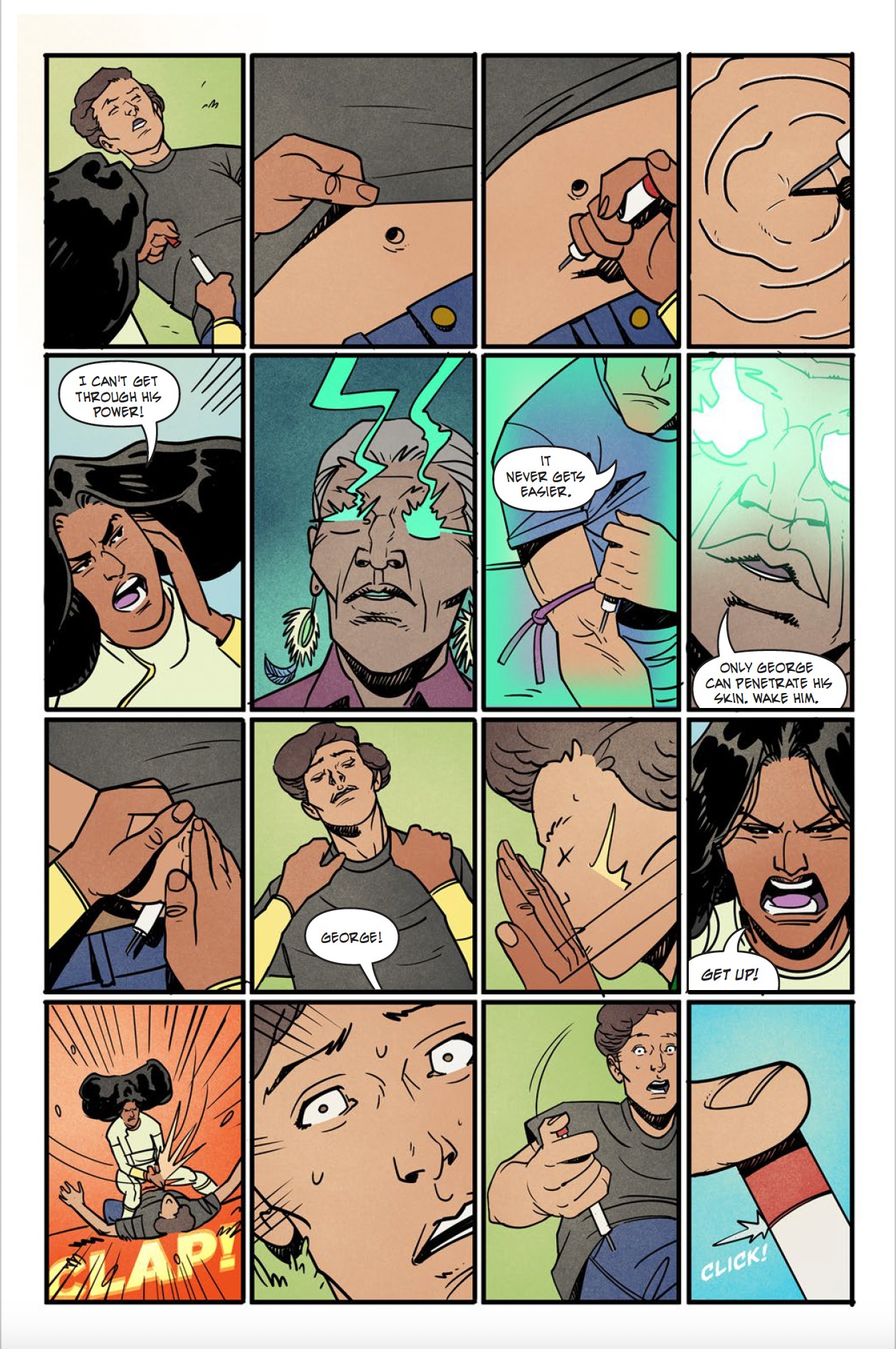
As always, we appreciate you sharing your insights and we’ve got a few more questions for you, but before we get to all of that can you take a minute to introduce yourself and give our readers some of your back background and context?
Even though I’m a writer now, I’m an art school graduate. When starting a new comic issue, the first thing I do I loosely draw out each page. Most writers outline a story before starting the script — this is my visual way of doing that. But my art background helps me in others ways on each project too. Making a comic book is a lot like being in a band. An entire team of creative individuals work together to make one piece of art. So, I’ve served as Colorist, Cover Artist, Letterer, and Designer on different projects as needed.
As for my personal style, I try to create grounded supernatural stories. Even though they may contain ghosts, paranormal beings, or superpowered humans, I want to tell stories that still focus on life and what it is to be human. My villains are never pure evil, and my protagonists are never knights in shining armor. We all have the capacity to do the right or the wrong thing at any given point, so reflecting that in my characters is what I think makes a story interesting.
My latest comic book, Ripple Effects, explores life as a superhero with an incurable illness. As someone who lives with an invisible disability, I’ve always longed for a superhero who struggles with the same things I do: anxiety about my blood levels, medical bills, and feeling like a burden to loved ones. I didn’t see anything out there in this realm, so I created my own story about a young millennial who worried more about managing his health than his superhuman powers. Frankly, I didn’t know how readers and the industry would respond – the protagonist of Ripple Effects spends more time in a t-shirt and jeans than in his costume.
But the reception was fantastic. Ripple Effects was nominated for a range of awards, including the Eisner and Harvey Awards for Best Digital Comic, which are the highest forms of recognition in the industry. This showed me I need to keep writing stories that focus on being human, regardless of genre. And the best way for me to do that, with my background, is to work health into every story possible. About 133 million Americans have a chronic illness. I’ll do my best to make them and their loved ones feel seen.

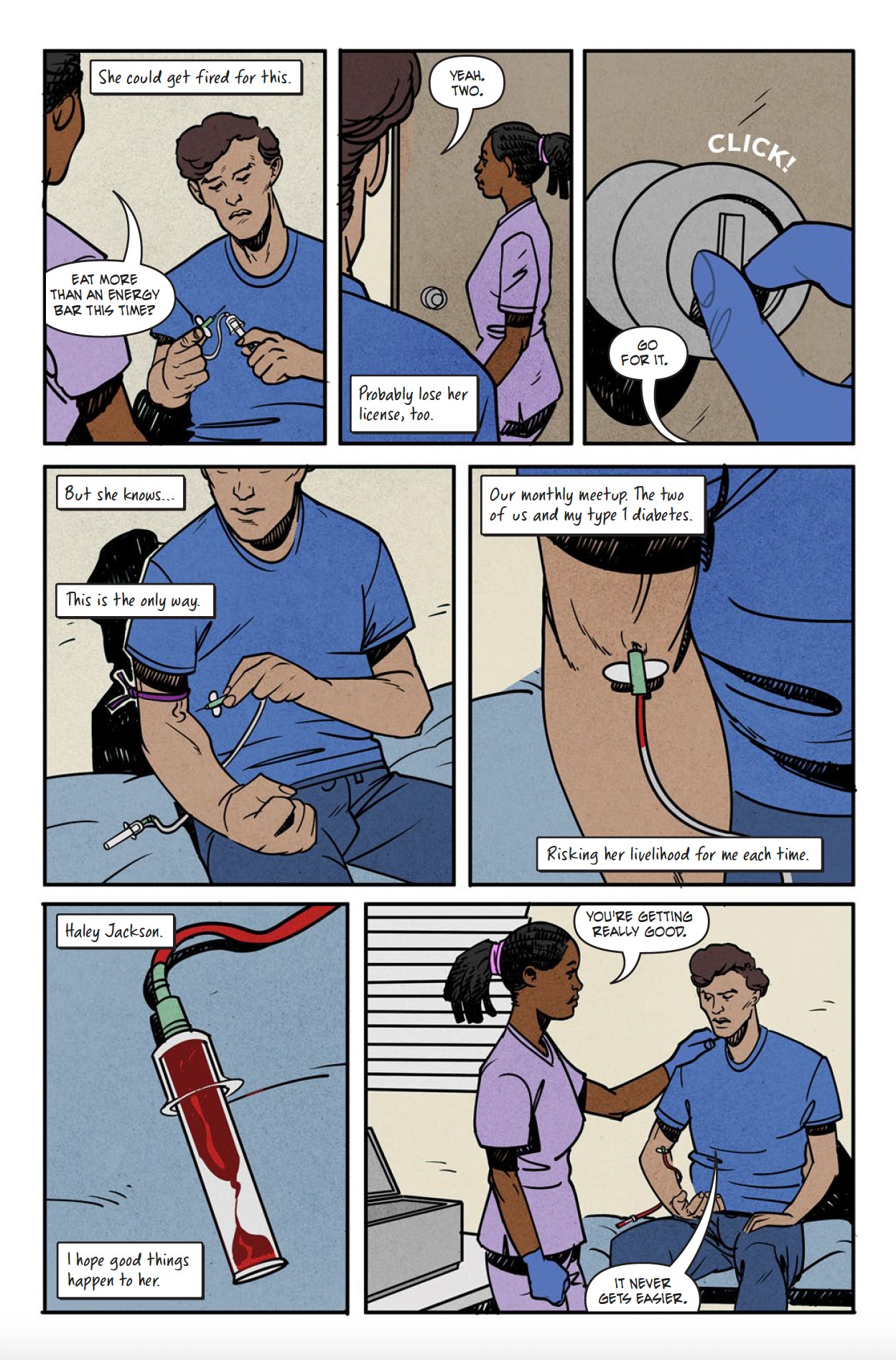
We’d love to hear a story of resilience from your journey.
Breaking into comics is incredibly difficult. After working on my first idea for nearly two years, a historical fiction adventure, I finally was ready to pitch publishers. I set a meeting on the show floor of WonderCon with a deck and sample pages loaded on my iPad. As I got into the pitch, the Publisher kindly interrupted and said he was looking for science fiction stories. Then asked if I had any.
I stopped. I didn’t. But then I recalled an idea from high school that I hadn’t thought about in years. I blurted out, “Robots become self-aware, wipeout humanity, BUT spare all artists. Viewing the formation of art as a divine phenomenon, they worship human creatives like gods.” The publisher froze, smiled, and said he loved it. That story, Terminarch, became my first published comic book a year later.
I always tell aspiring writers to be ready to pivot. Having one great story isn’t enough. A company could love your idea but already have a similar one in development. Because of business strategy alone, they’ll pass on your work. After Terminarch, I was invited to a film studio to talk through new ideas. They didn’t ask me to bring one pitch. Or five. They said, “Bring your ten favorite story ideas. Just a sentence for each is more than enough.”
It’s great to have one story that you love, your masterpiece. But I suggest having a bunch of other ideas on the ready. If the door starts to close on your masterpiece, having other options props it open while you have their attention.
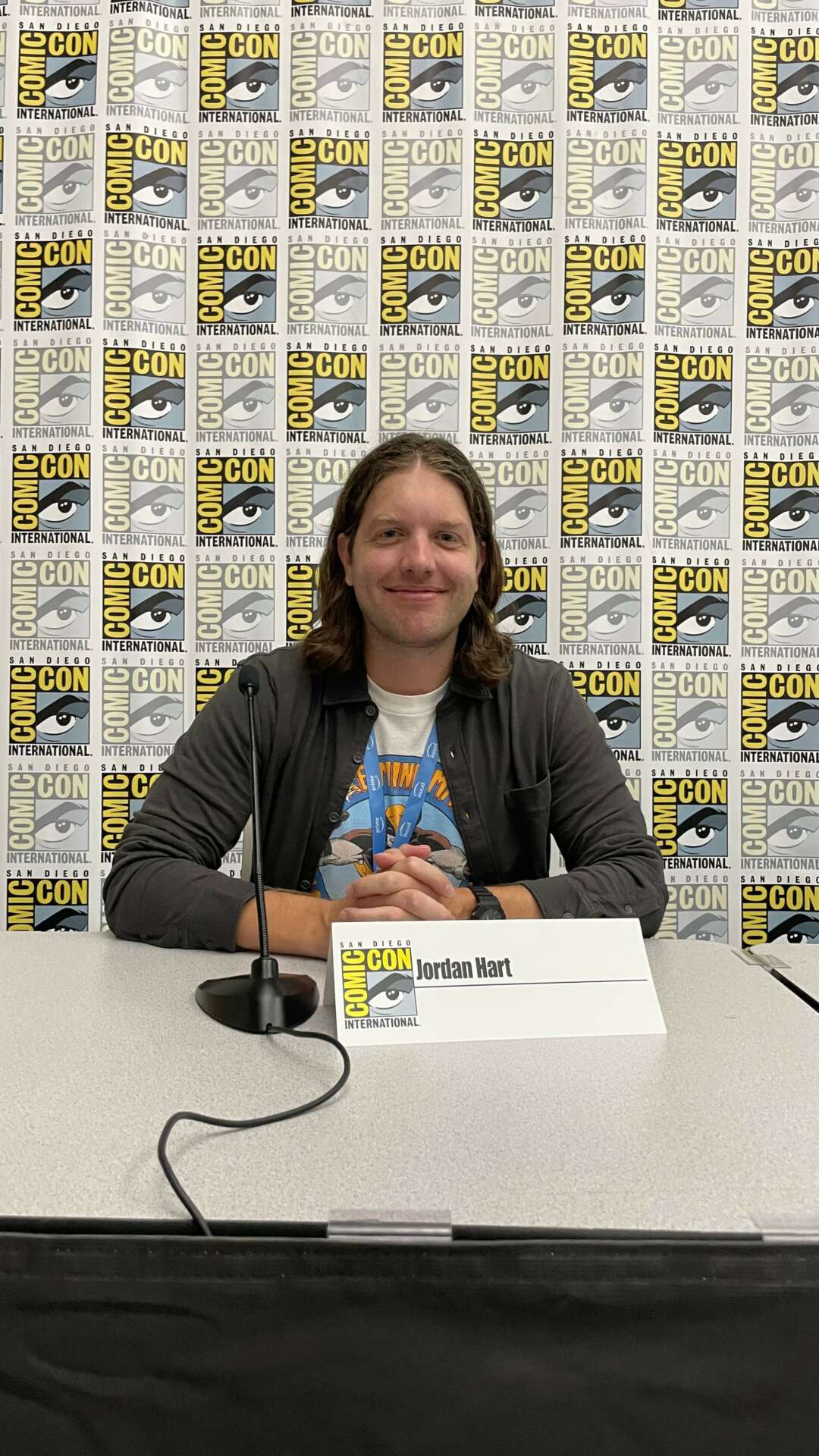
What do you find most rewarding about being a creative?
As a kid, I went to comic conventions in bowling alleys and hotel lobbies. Now they’re celebrations of pop culture with some hosting over 100,000 attendees. Being able to go to any con in the world, usually for free, is the second-best part of being a comic writer.
But, without question, meeting readers with incurable illnesses has been the most rewarding part of my career. At Comic-Con, a reader with an insulin patch on her arm came to the table and told me she’d been waiting for years to see a superhero like herself. Making a personal and positive impact on a stranger through my work will always the most rewarding aspect of being an artist.
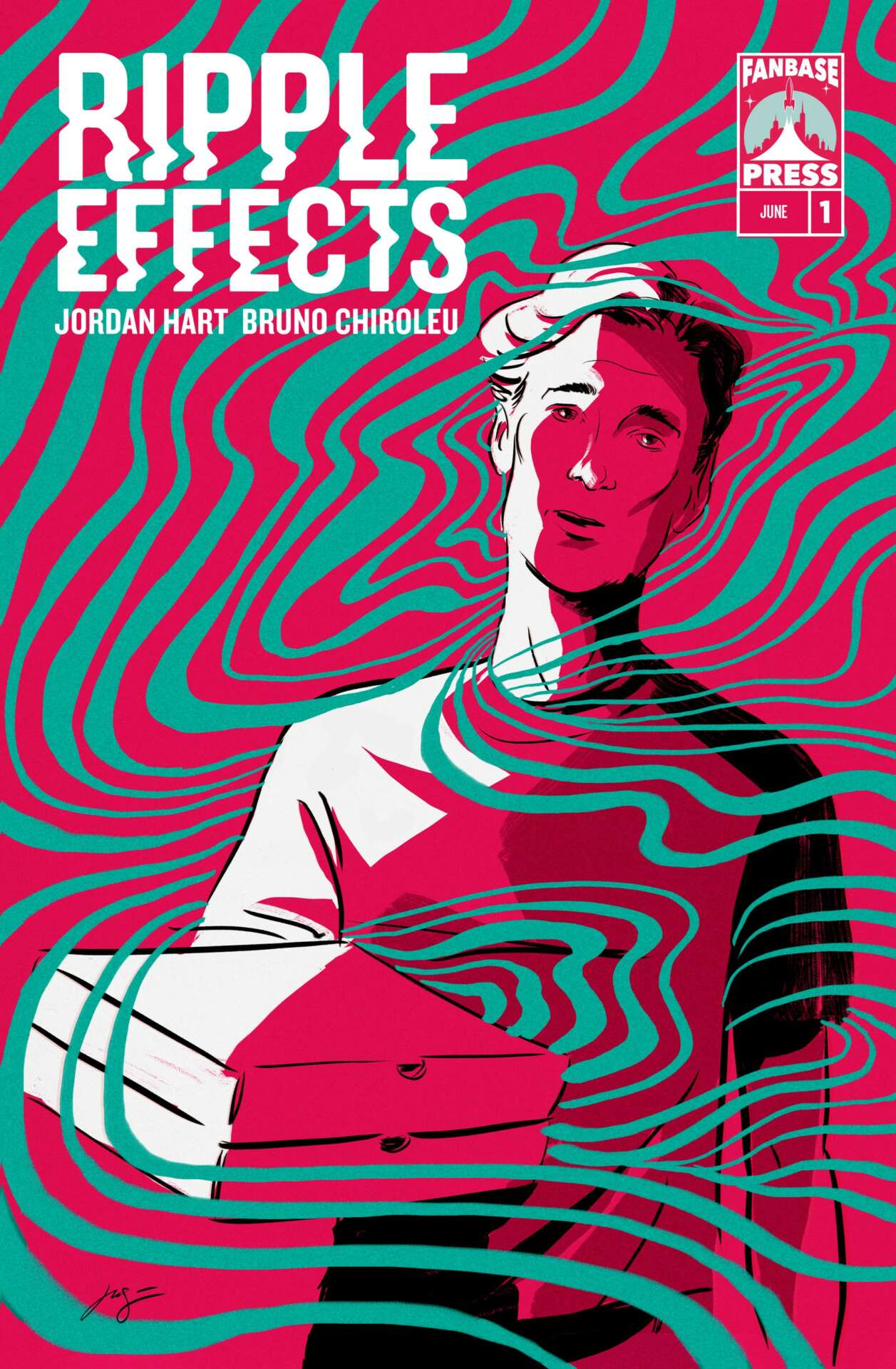
Contact Info:
- Instagram: https://www.instagram.com/jordyjordith


